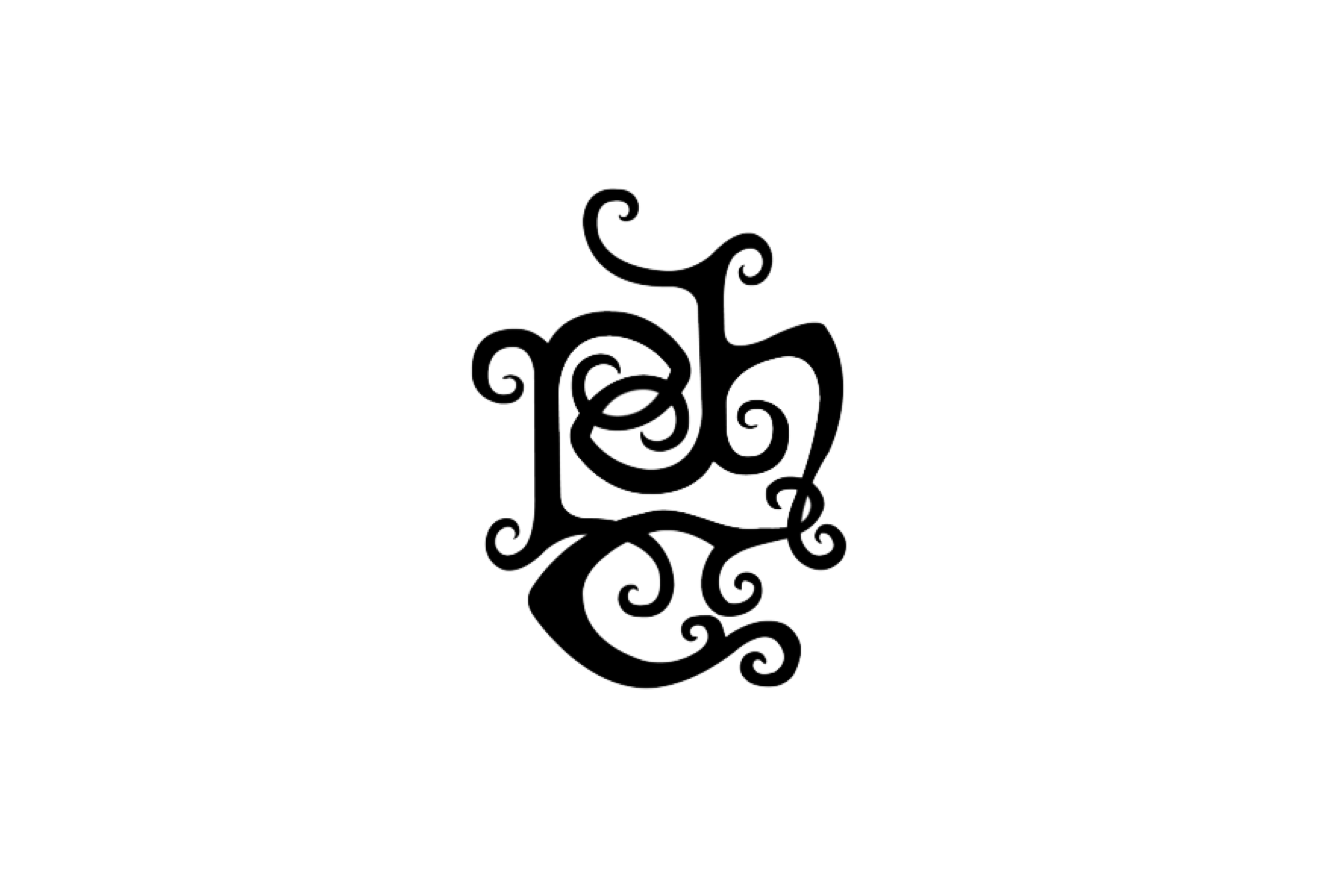By 2013, Tatuaje selling a retailer exclusive cigar had almost become old hat after legendary cigars like the Porkchop, Pork Tenderloin, Little Boris and Tobacco Plaza DD were released. That year, the CQ1 was released exclusivity at San Jose, Calif.-based Mission Pipe Shop in February, a 5 3/4 x 52 belicoso.
Fast forward to earlier this year, when word came down that Tatuaje was rereleasing the CQ1, albeit now named CQ2. While this was not exactly a surprise to those who follow the company’s releases—after all, the Little Boris was rereleased for Corona Cigar Co. last year—there were a number of changes in the newest release compared to the CQ1.
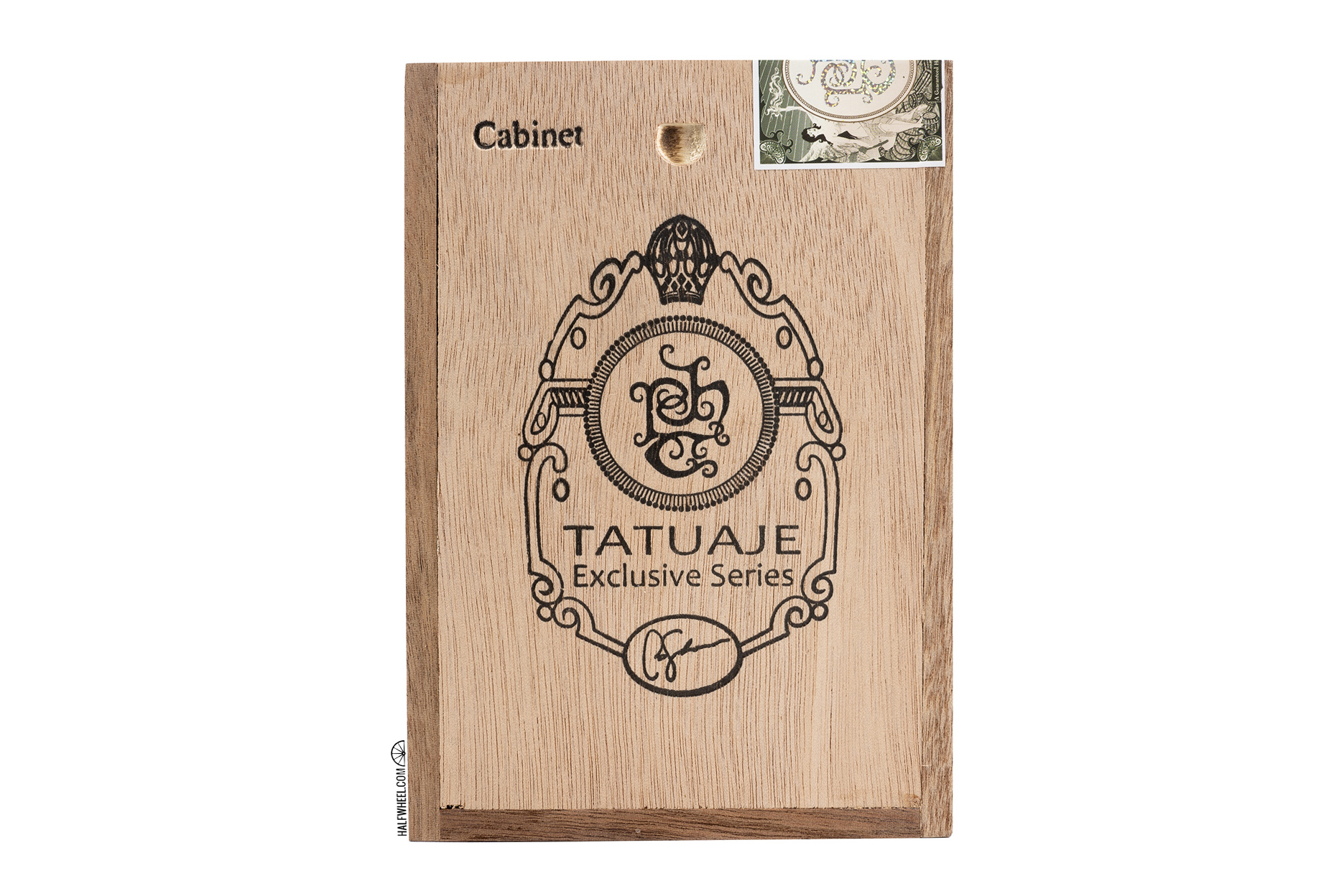

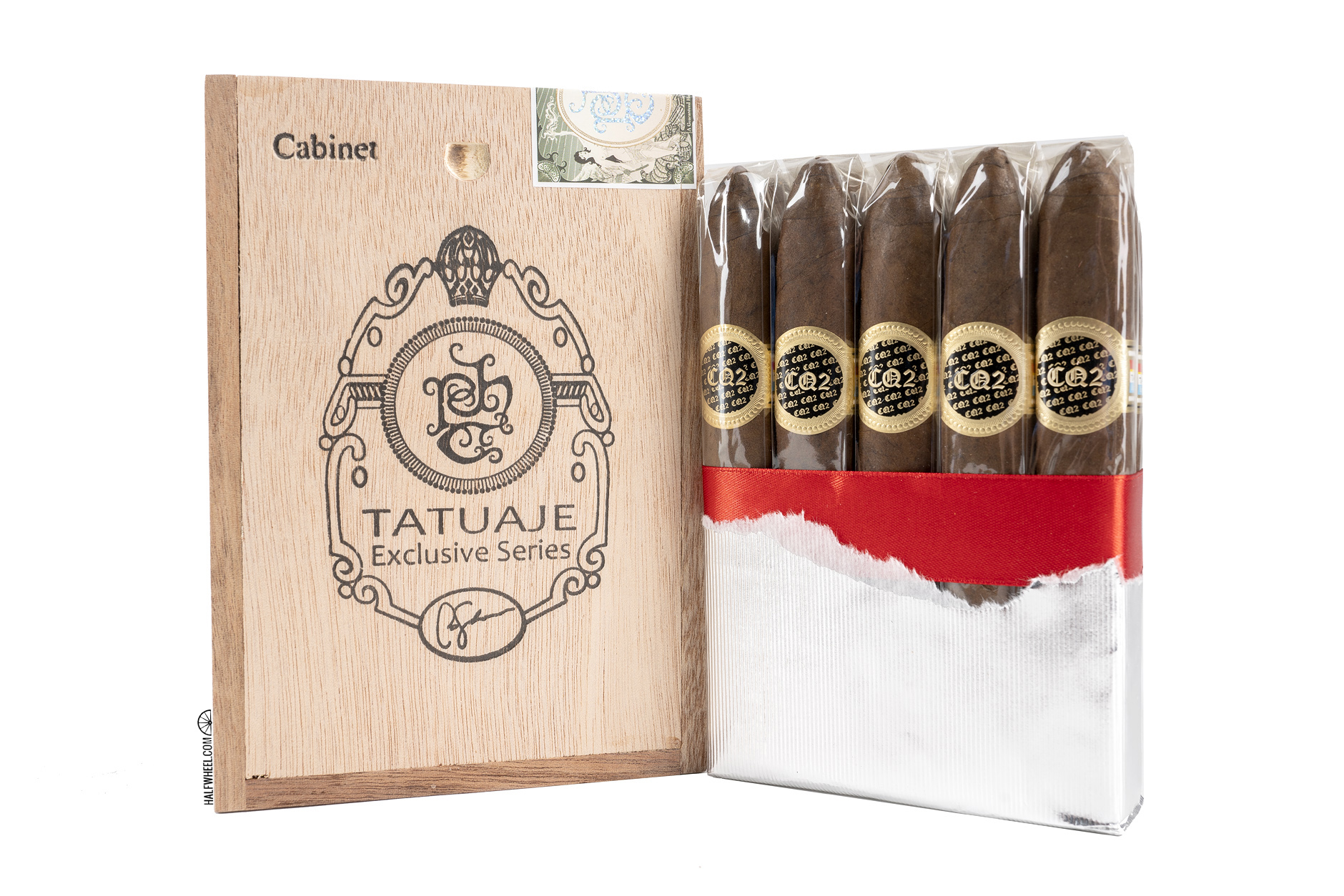
Like the original CQ1, the CQ2 features an Ecuadorian Sumatra wrapper and internal Nicaraguan tobacco blend, it is the same 5 3/4 x 52 belicoso vitola and it comes wet-packed in a very similar 10-count box. However, the bands are very obviously different, there were 10,000 cigars produced of the CQ2 compared to 5,000 cigars, and—perhaps most importantly—while the bulk of the boxes of the CQ2 were given to Mission Pipe to sell in June, a select list of other stores around the country were also shipped a limited number of boxes about a month later.
There have now been two different CQ releases for Mission Pipe:
- Tatuaje Mission Pipe Shop CQ1 (5 3/4 x 52) — 2013 — 500 Boxes of 10 Cigars (5,000 Total Cigars)
- Tatuaje CQ2 (5 3/4 x 52) — 2019 — 1,000 Boxes of 10 Cigars (10,000 Total Cigars)
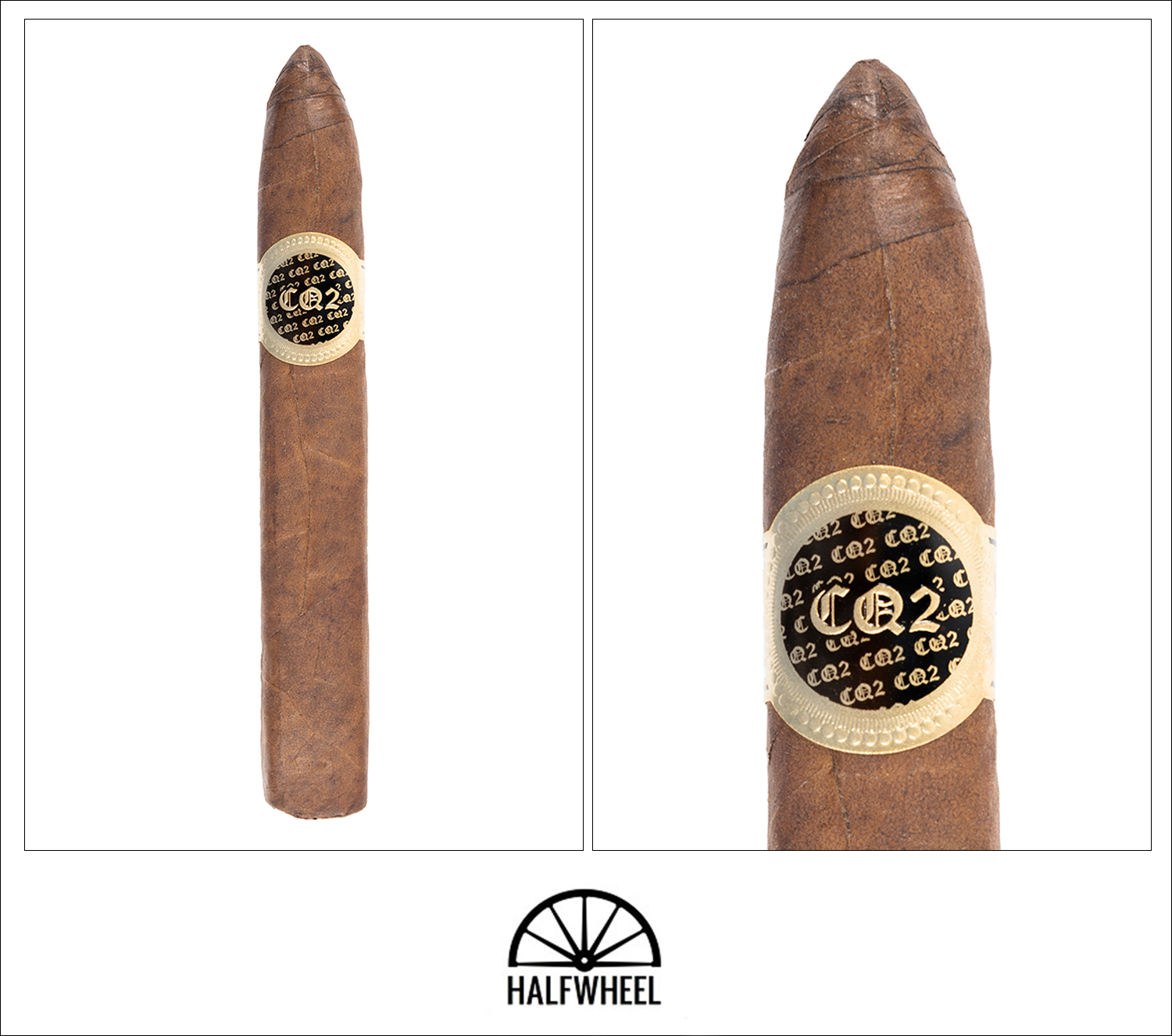
- Cigar Reviewed: Tatuaje CQ2
- Country of Origin: Nicaragua
- Factory: My Father Cigars S.A.
- Wrapper: Ecuador (Sumatra)
- Binder: Nicaragua
- Filler: Nicaragua
- Length: 5 3/4 Inches
- Ring Gauge: 52
- Vitola: Belicoso
- MSRP: $12 (Box of 10, $120)
- Release Date: June 2019
- Number of Cigars Released: 1,000 Boxes of 10 Cigars (10,000 Total Cigars)
- Number of Cigars Smoked For Review: 3
Visually, the Tatuaje CQ2 is covered in a mottled dark chockate brown wrapper with a bit of tooth as well as plenty of oil. The closed foot and box press are nice touches, and it is on the spongy side when squeezed. Aroma from the wrapper and foot brings to mind creamy cashews, leather, manure, earth, and slight maple sweetness while the cold draw brings flavors of dank cedar, creamy leather, hay, cinnamon, freshly roasted coffee beans and nutmeg.
Starting out, the CQ2 includes a creamy generic nut as the dominant flavor in the profile, interspersed with notes of leather, cedar, milk chocolate, dark fruit and hay along with some spice on my tongue. There is slight maple sweetness on the retrohale, it is overwhelmed at points by strong black pepper and cinnamon that are also present. Construction-wise, the cigar features and excellent draw after a simple straight cut, along with an average amount of white smoke and a burn that is not close to razor sharp, but also not bad enough to be touched up. The overall strength of the cigar is fairly light so far, hitting a point about between mild and medium—albeit closer to medium—by the time the first third comes to an end.
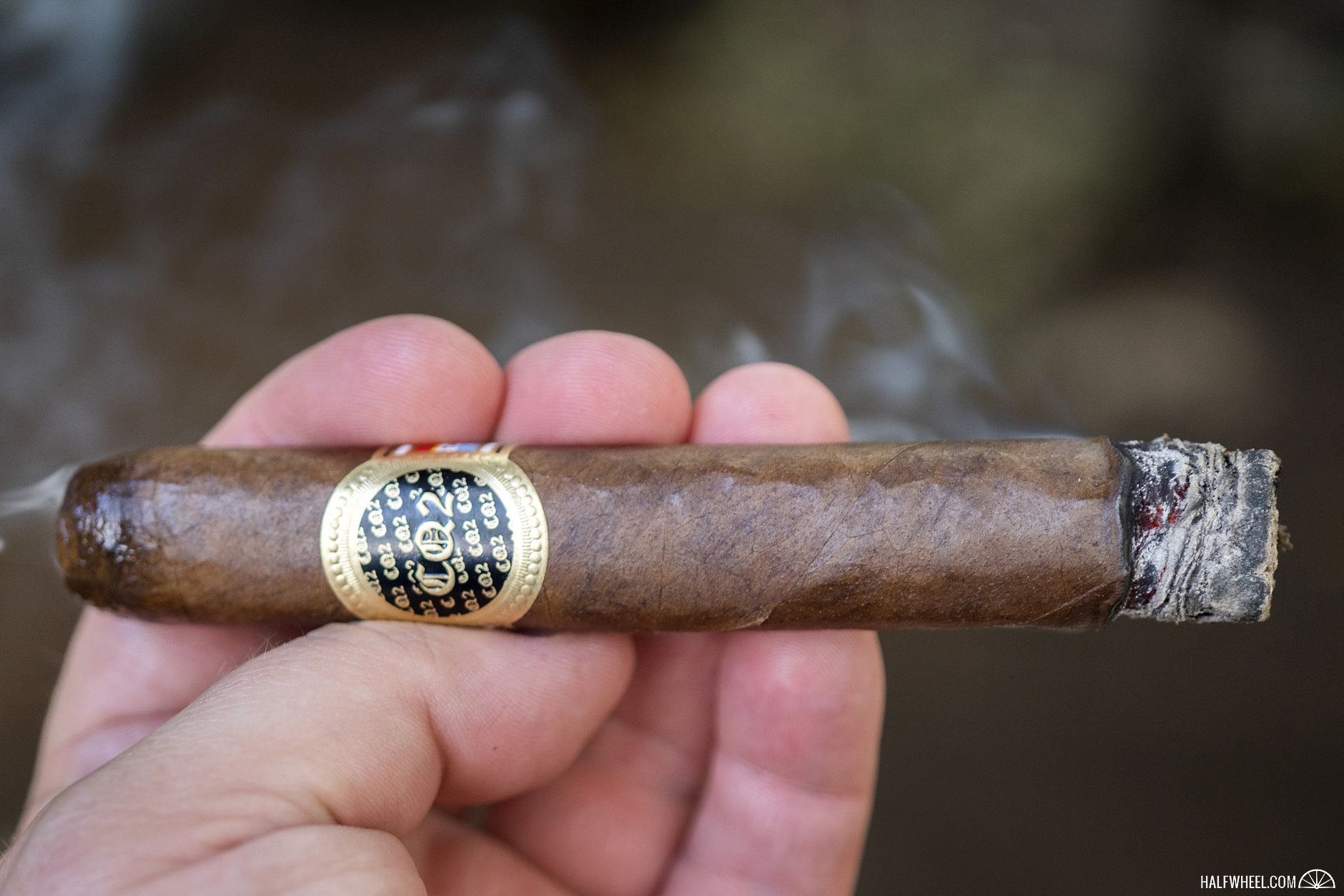
Although the black pepper and cinnamon on the retrohale remain obvious, the profile becomes noticeably more creamy and slightly more sweet in second third of the Tatuaje CQ2. The same generic nut flavor continues to dominate the profile, but there is also more leather creeping up as well, both of which combine with lesser flavors of creamy cedar, milk chocolate, hay, coffee beans and anise along with an extremely small amount of a floral note on the finish. While the spice on my tongue has disappeared by the halfway point, the black pepper, cinnamon and the slight maple on the retrohale continue to be factors in the profile. Construction-wise, the draw continues to impress, but the burn has begun to run enough that I am forced to touch it up a couple of times. The strength has continued to increase to a point that is very close to medium, but seems content to remain there by the end of the second third.
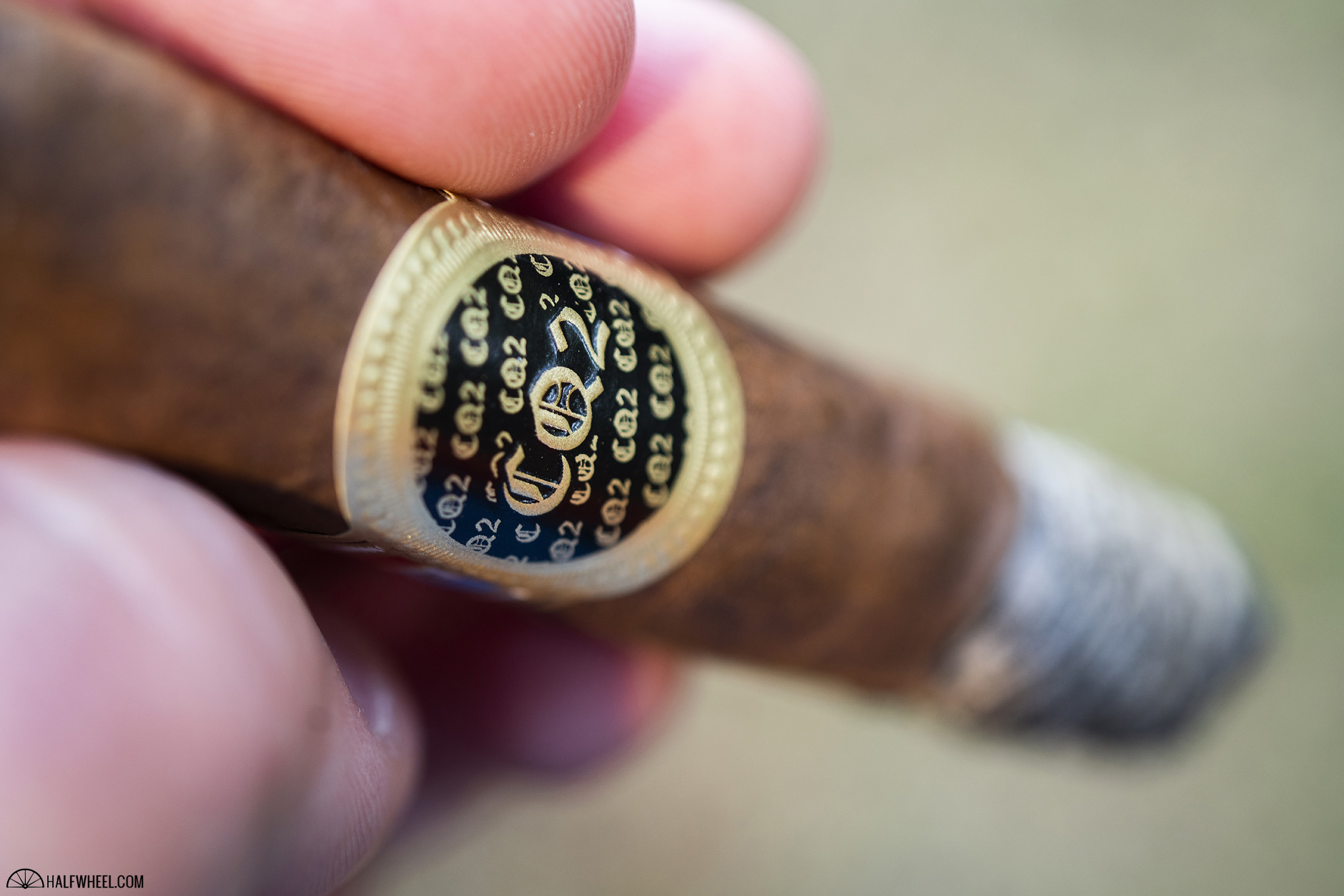
The final third of the Tatuaje CQ2 is extremely similar to the second third, with a combination of generic nuts and creamy leather the dominant flavors, followed by notes of hay, milk chocolate, gritty earth, cloves and slight floral. The black pepper on the retrohale has dispersed a bit, while the maple sweetness has morphed into more of a sweet berry note, although it is not any stronger. In terms of construction, the draw remains excellent until the end and the burn has evened up nicely, while the smoke production continues to be on the high side of average. Strength-wise, the Tatuaje does manage to reach a solid medium, but never comes close to going any further, and I put the nub down with about an inch left.
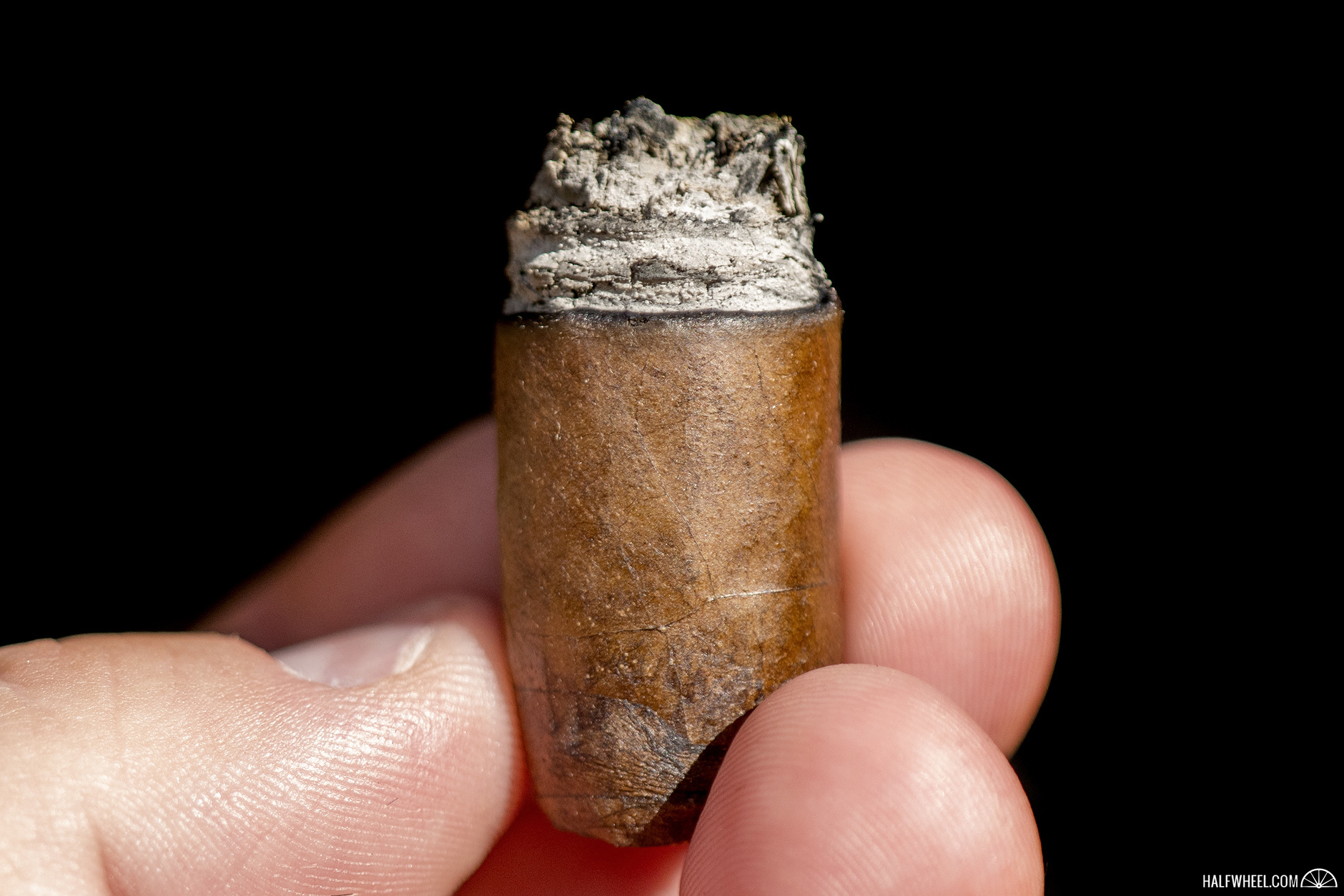
Final Notes
- Interestingly, I don’t remember the original CQ1 having anywhere close to as much of a box press as the newest version has.
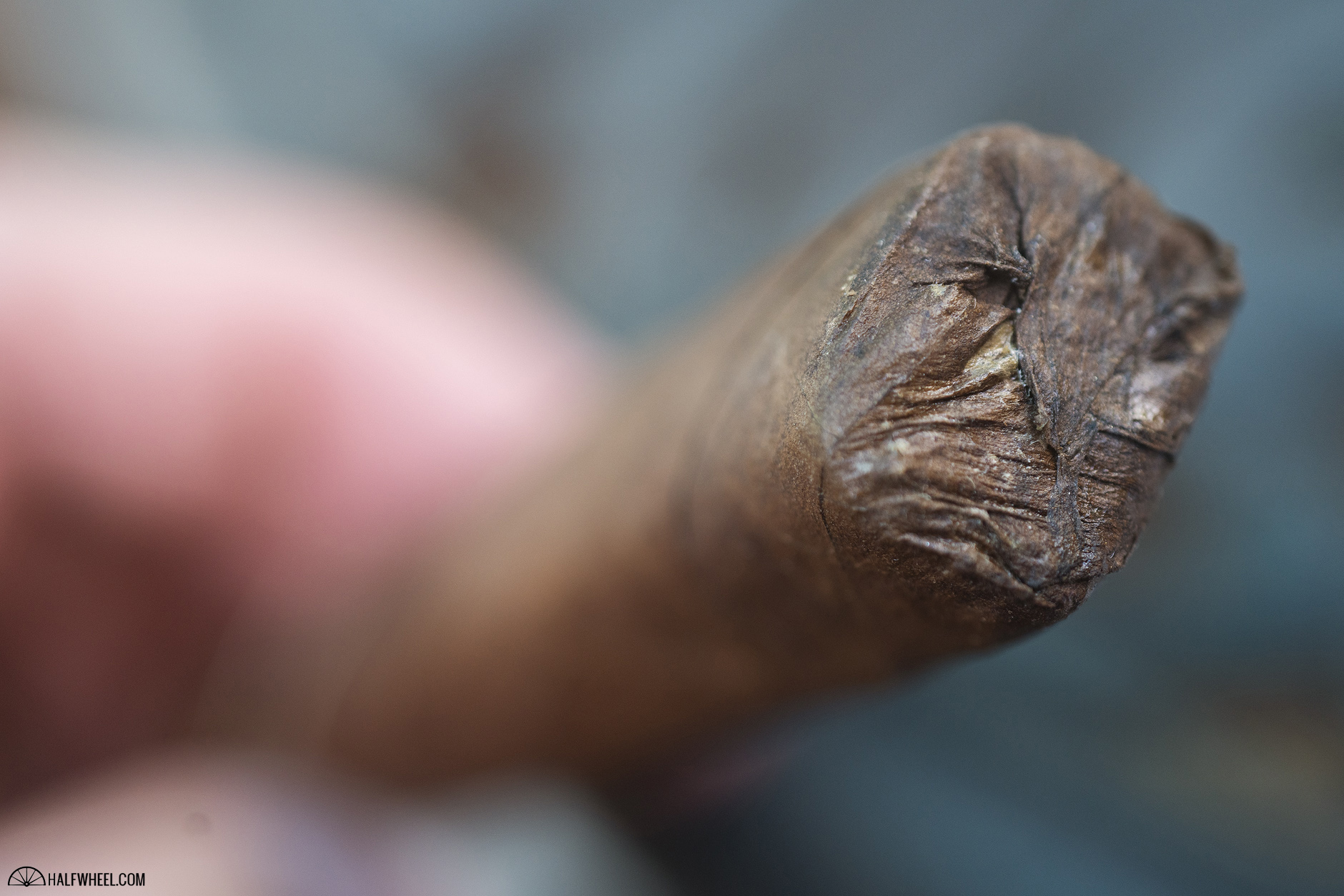
- Covered feet are not exactly new in the cigar industry, but there have been very few cigars I have run across where the tobacco is actually glued to the bottom of the foot, meaning no air could go through at all unless you either torched it or broke it open.
- The logo on the main part of the band is interesting. There is no doubt it is instantly recognizable as different from the first release, so it serves its purpose in that way.
- Tatuaje advertises on halfwheel.
- The cigars smoked for this review were purchased by halfwheel.
- Final smoking time for all three samples averaged an extremely quick one hour and 19 minutes.
The boxes are virtually the same as the CQ1, the size and the vitola are the same as the CQ1, the blend is the same as the CQ1, but the profile of the cigar is most definitely not the same as the CQ1. Where the original release was full of distinct bitter espresso, milk chocolate sweetness and cinnamon notes, the newest version’s profile is a bit more pedestrian with flavors of hay, generic nuts and leather along with some limited maple and berry sweetness. It's not close to disappointing by any means, but don't come into it expecting anything close to the legendary Ecuadorian Sumatra-wrapped blends of the past like the CQ1, original Little Boris or Bombazo Capa Especial.

